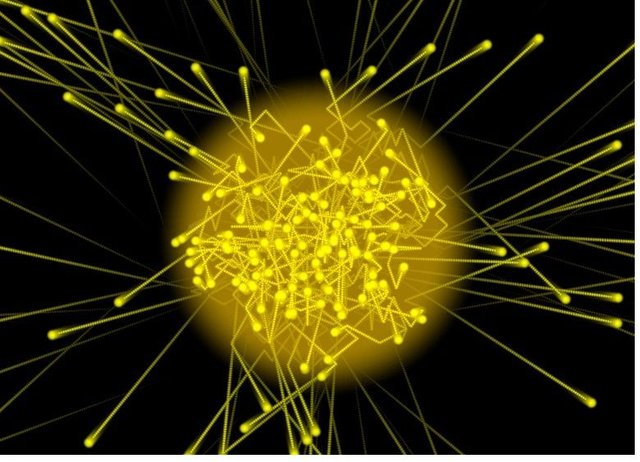PHOTOELECTRIC EMISSION: THE WORKING PRINCIPLE OF A SOLAR PANEL
What is Photoelectric emission?
Photoelectric emission, photoemission, photoelectron emission or photoelectric effect can be described as the process by which free electrons are emitted from the metal surface by the application of light. It can also be defined as the process by which free electrons are released from the metal surface when it absorbs energy from light. When light or photons are used to knock out free electrons from a solid metal, the resulting free electrons emitted from the solid metal are called photoelectrons while the current produced due to this process is called photoelectric current.
In the absence of light energy, the free electrons in a metal can not escape from the surface of the metals into vacuum. However, some of the valence electrons become loose from the atoms at normal temperature when sufficient energy from a light source are supplied to them. The valence electrons with sufficient energy will break the bonding with the parent atom and become free.
Some kinetic energy is gained by the free electrons causing them to break the bonding between them and their parent and move freely from one point to another point. However, they do not possess sufficient energy to become free from the metal due to the force of attraction force of the nuclei preventing the free electrons, which try to escape from the metal. The force of attraction of the nuclei can only be overcome if the free electrons could have a sufficient energy from the light. Therefore, the free electrons, which break the bonding with a metal escape into the vacuum.
Effect of photons on metals

When the light particles (photons) of sufficient energy hit free electrons in the metal, they transfer their energy to the free electrons, therefore, the extra energy gained from the light, causes them to be strong enough to overcome the force of attraction of the nuclei and they jump into the vacuum. Photoelectric emission is the process by which free electrons are emitted.

The image to the right described the random motion of photons due to its kinetic energy.
In Einstein’s light quantum theory, photons have energy equal to the product of their oscillation frequency and Planck’s constant. Einstein was able to prove that light is a flow of photons and they have energy which is the height of their oscillation frequency. The number of the available photons determines the intensity of the light. Most importantly, Einstein explained how a stream of photons can act both as a particle and wave.
Applications of Photoelectric effects
The photoelectric effect has many practical applications which include the photocell, construction of medical equipment, photoconductive devices, solar cells, optical based security system, charge coupled device (CCD) in camera, photomultiplier tube in particle physics e.t.c
Photoelectric Effect: Working principle of a Solar Panel

In a range of applications of the photoelectric effect, photo-cell is most applied. It works on the basic principle of light striking the cathode which causes the emission of electrons, which in turn produces a current. It is the most common method found in solar panels. A Solar panel consists of two or more photo-cells constructed together in a manner to produce a better current or voltage rating.
A photocell is usually a vacuum tube which consists of two electrodes. The first of the two electrodes is a photosensitive cathode, it emits electrons when exposed to light and the second is an anode which must be maintained at a positive voltage with respect to the cathode. when light shines on the cathode, electrons are attracted to the anode which causes electron current flows in the tube from cathode to anode. The current generated can be used to power a relay or a switch which might turn a motor on to open a door or ring a bell in an alarm system.

Photoelectric effect is closely related to the photoconductive effect in which there is an increase in electrical conductivity of certain non-metallic materials like cadmium sulfide when exposed to light. This effect can cause a very small current in a device to becomes quite large suddenly when exposed to light. Therefore, photoconductive devices and photocells are closely used in current generation.

The video below explains more about photoelectric cell and its applications
This is a test comment, notify @kryzsec on discord if there are any errors please.
Being A SteemStem Member
Congratulations! This post has been upvoted from the communal account, @minnowsupport, by holuwarbory from the Minnow Support Project. It's a witness project run by aggroed, ausbitbank, teamsteem, theprophet0, someguy123, neoxian, followbtcnews, and netuoso. The goal is to help Steemit grow by supporting Minnows. Please find us at the Peace, Abundance, and Liberty Network (PALnet) Discord Channel. It's a completely public and open space to all members of the Steemit community who voluntarily choose to be there.
If you would like to delegate to the Minnow Support Project you can do so by clicking on the following links: 50SP, 100SP, 250SP, 500SP, 1000SP, 5000SP.
Be sure to leave at least 50SP undelegated on your account.